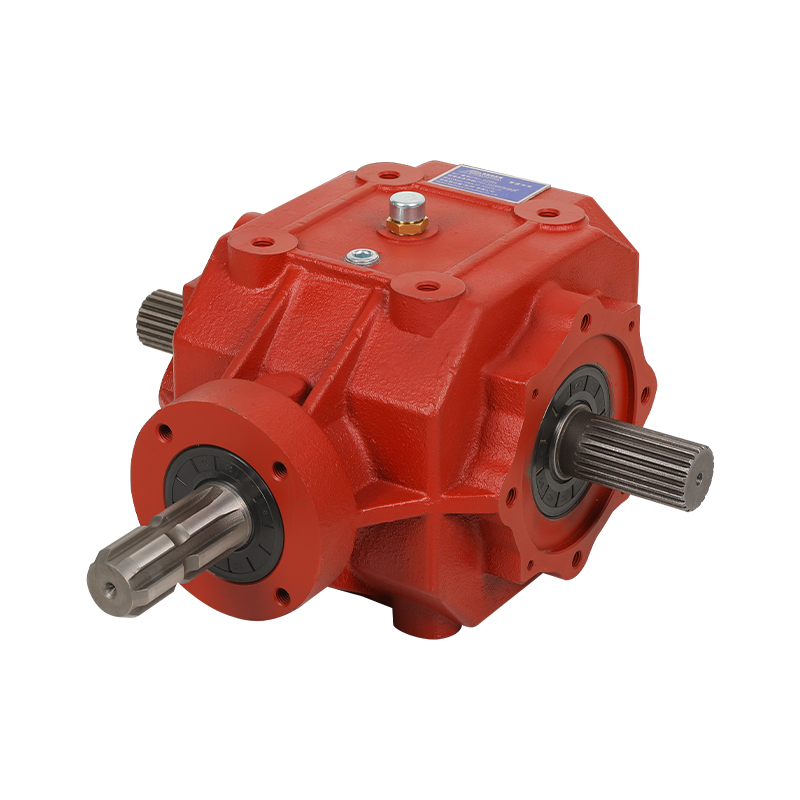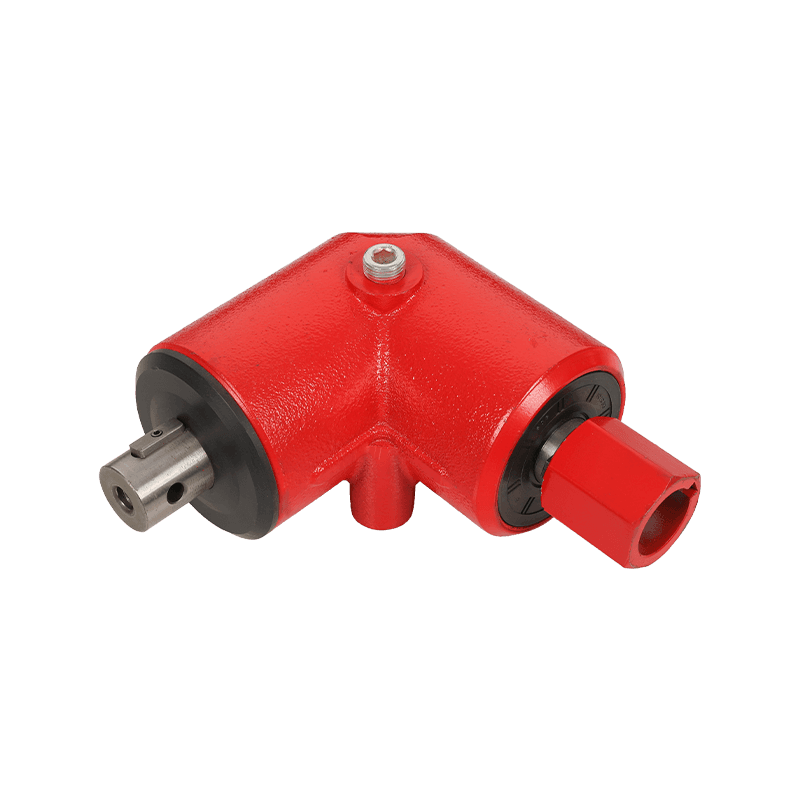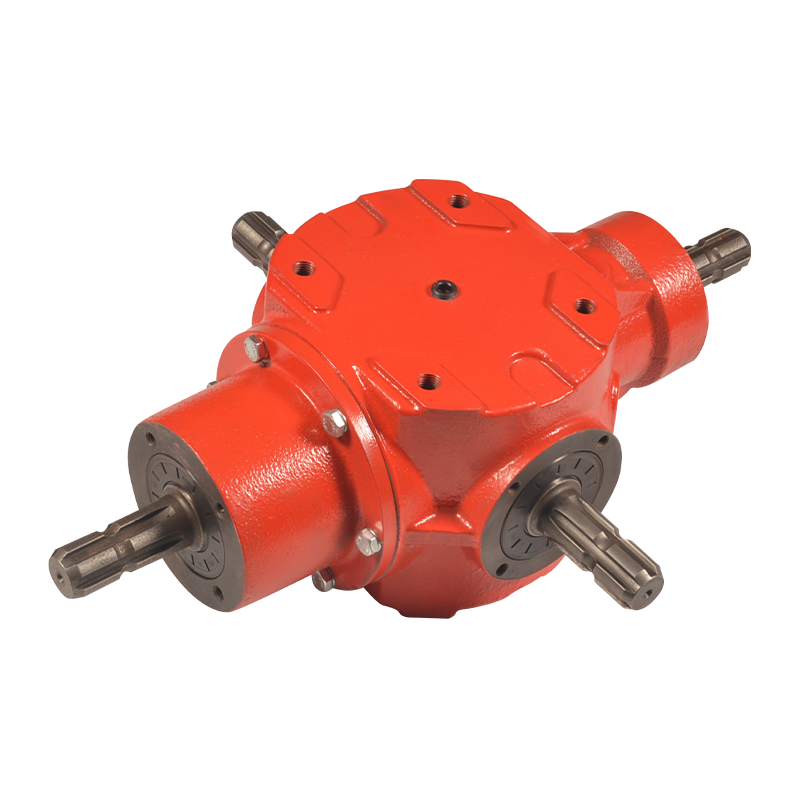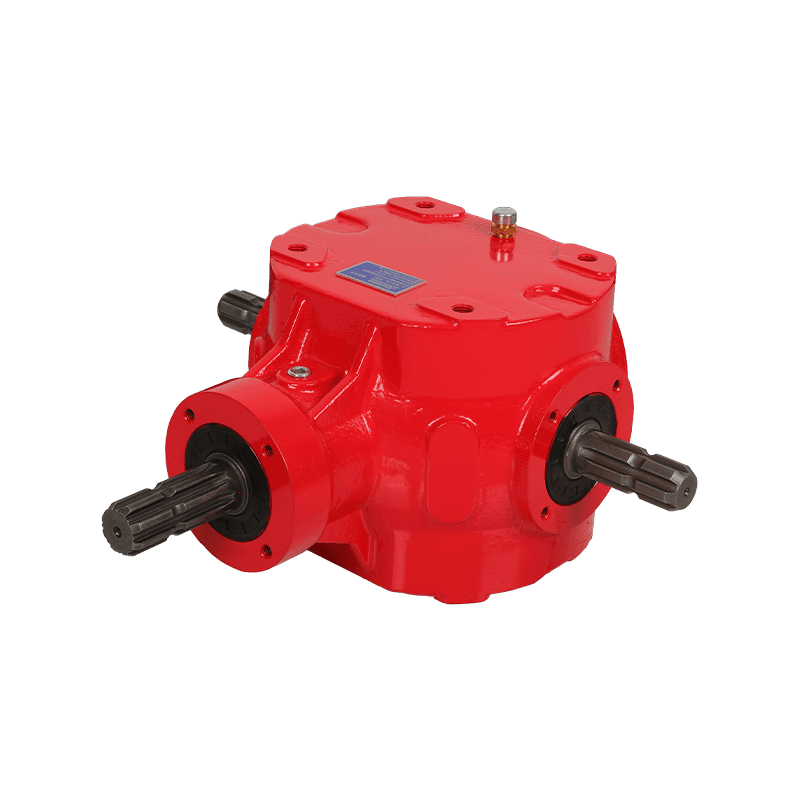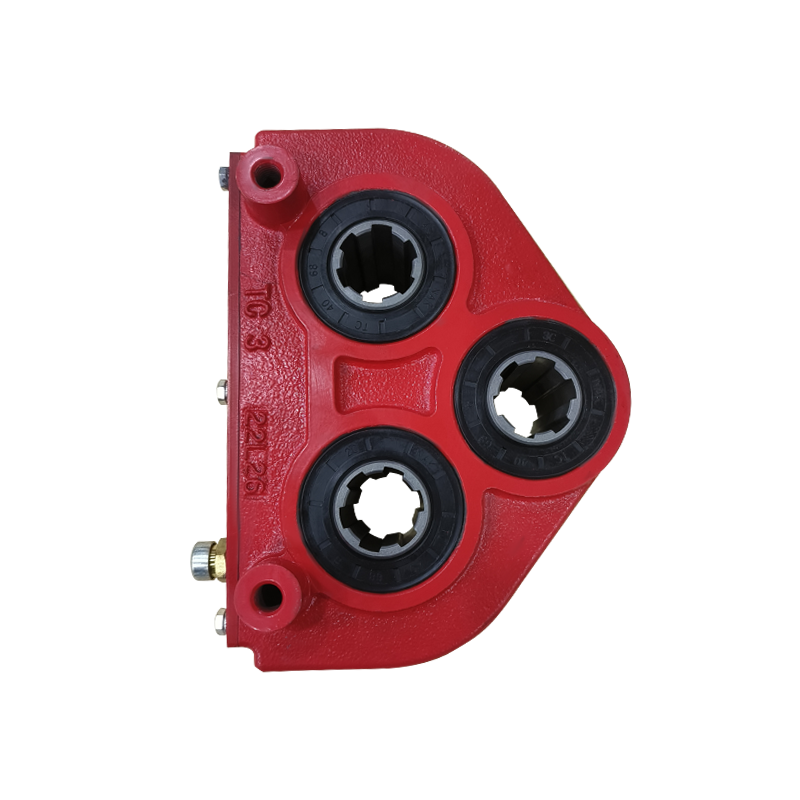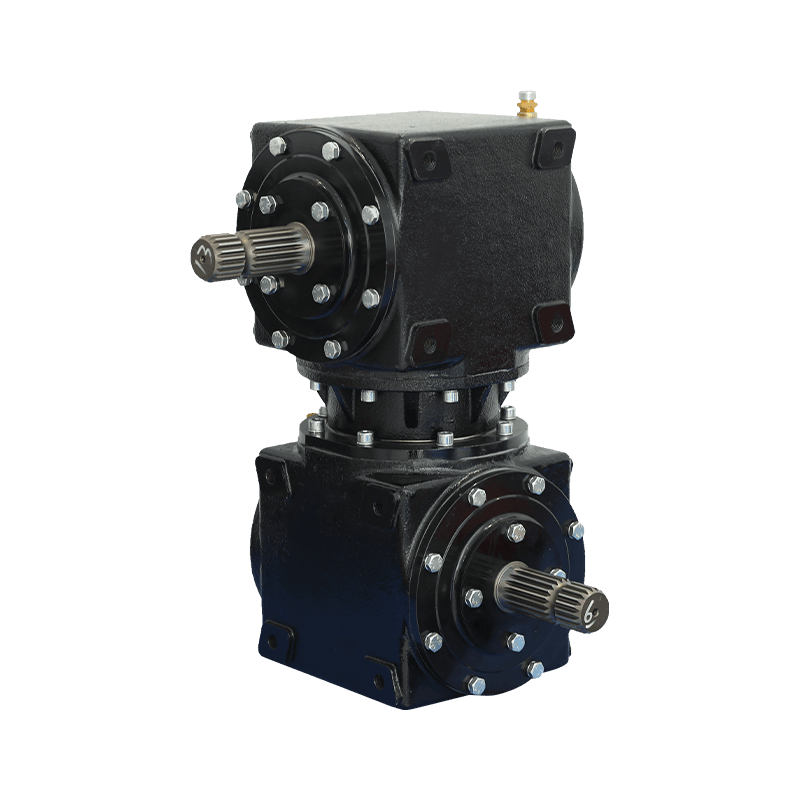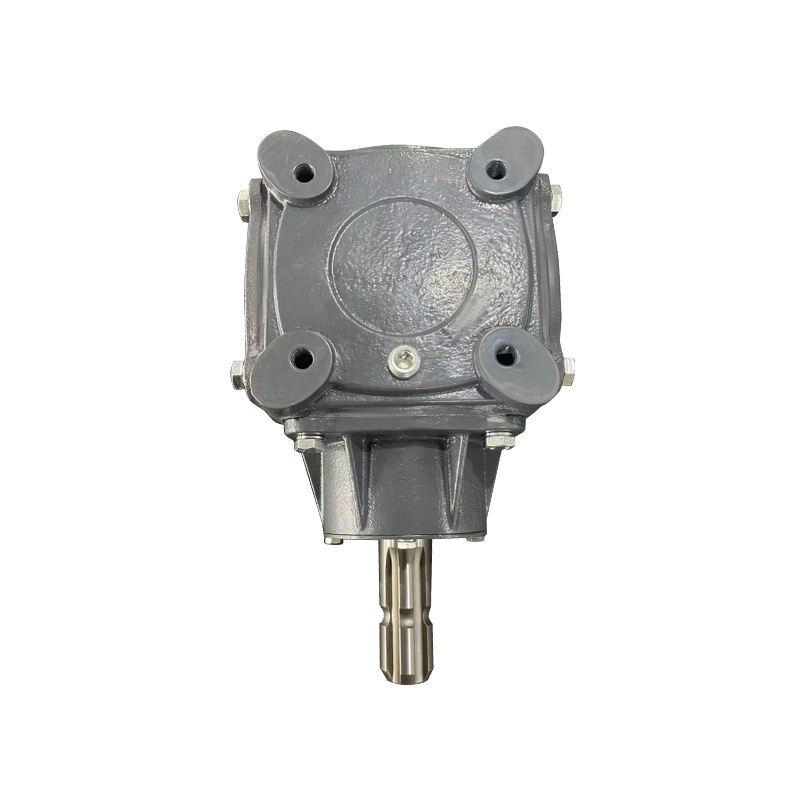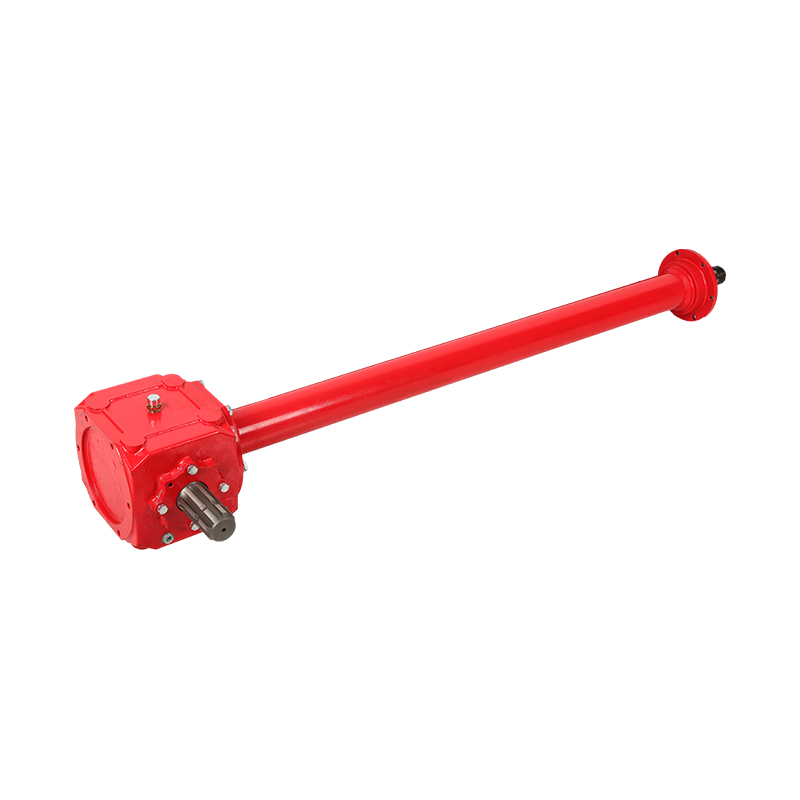Square balers are essential agricultural machines, designed to compress crops such as hay, straw, or silage into compact, manageable bales. At the heart of these machines lies the gearbox, a critical component responsible for transmitting power from the tractor’s PTO (Power Take-Off) to the baler’s moving parts. The gearbox ensures smooth operation, regulating speed and torque for efficient baling. However, like all machinery used in outdoor agricultural environments, square balers are exposed to dust, dirt, and debris. Understanding how resistant the gearbox is to such contaminants is crucial for maintenance, performance, and longevity.
1. The Role of the Gearbox in a Square Baler
Before diving into dust resistance, it is important to understand the gearbox’s function. The gearbox in a square baler typically:
- Converts PTO input speed to the appropriate speed for various components (plunger, pickup, twine mechanisms).
- Adjusts torque for efficient compression of crop material.
- Ensures synchronized operation of moving parts to prevent machine jams.
Given its central role, the gearbox is designed to withstand mechanical stress. However, its exposure to external conditions—particularly dust and debris from dry crops or soil—can influence its durability and efficiency.
2. Sources of Dust and Debris in Baling Operations
Square balers operate in conditions where dust and debris are unavoidable. Common sources include:
- Dry crops: Hay, straw, and other dry materials generate fine particulate matter during collection and compression.
- Field soil: Loose soil, sand, and small stones can be picked up by the baler, especially in dry, dusty fields.
- Crop residues: Stalks, leaves, and seed pods can enter machinery gaps and accumulate near the gearbox.
- Environmental factors: Wind and ambient dust further contribute to contamination.
These particles can interfere with the gearbox if they penetrate seals or accumulate on external surfaces, leading to wear, overheating, and reduced efficiency.
3. How Square Baler Gearboxes Are Designed to Resist Contaminants
Manufacturers design gearboxes with several features to resist dust and debris:
a) Sealed Housing
Most baler gearboxes feature a fully enclosed housing that protects internal gears from direct exposure. The housing prevents most dust and larger debris from entering the gear chamber, which is critical for maintaining smooth operation.
b) Oil Lubrication
Gearboxes rely on oil for lubrication. The oil not only reduces friction but also acts as a barrier against tiny particles. Contaminants that do manage to enter the gearbox often settle at the bottom of the oil sump, away from gear teeth, minimizing damage.
c) Gaskets and Seals
High-quality baler gearboxes include gaskets, O-rings, and shaft seals at all openings. These seals prevent dust and debris from entering through the input shaft, output shaft, or inspection ports. Proper sealing is a key factor in dust resistance.
d) Cooling and Ventilation
Some gearboxes include vent plugs or breathers to manage internal pressure from heat expansion. These components are designed with filters or fine mesh screens to allow airflow while keeping out dust.
4. Factors Affecting Dust Resistance
While gearboxes are designed for protection, several factors influence how resistant they actually are:
a) Age and Wear
Over time, seals and gaskets can deteriorate, reducing their effectiveness. A worn or damaged seal can allow dust to enter, increasing the risk of gear wear.
b) Maintenance Practices
Regular cleaning, oil changes, and inspections directly affect dust resistance. Removing external dust and replacing contaminated oil reduces abrasive wear inside the gearbox.
c) Environmental Conditions
Extremely dusty or sandy fields challenge any gearbox. In such conditions, additional protective measures may be necessary, such as installing external shields or filters.
d) Operational Load
A gearbox under excessive load or frequent high-speed operation may heat up, causing seals to expand or shrink, potentially allowing dust ingress.
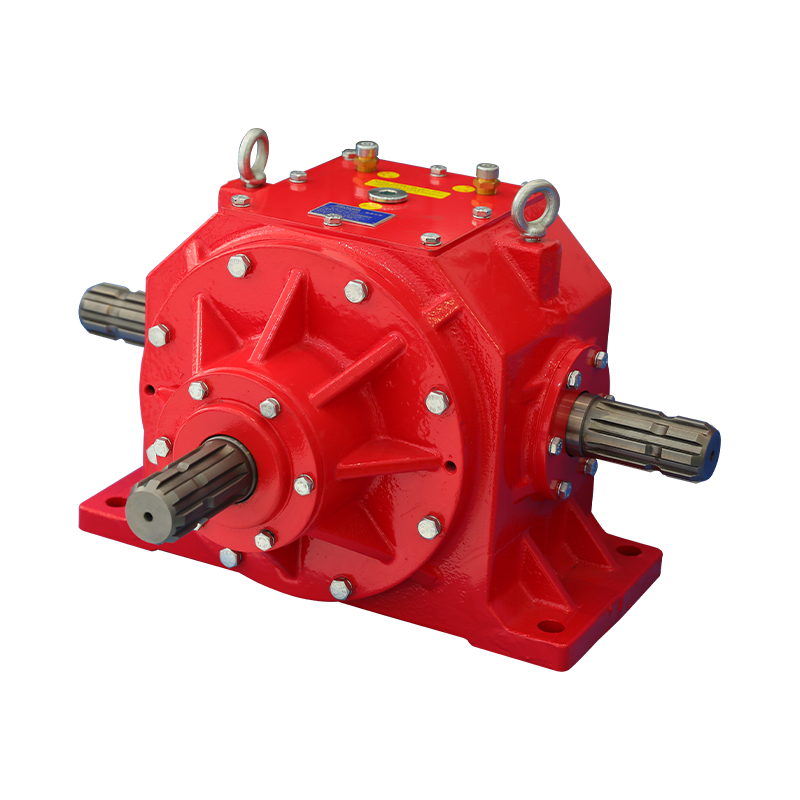
5. Signs of Dust and Debris Contamination
Farmers should watch for symptoms indicating dust has compromised gearbox function:
- Increased noise: Grinding, whining, or knocking sounds may indicate abrasive particles between gears.
- Overheating: Dust and debris can interfere with lubrication, causing friction and heat buildup.
- Oil contamination: Oil appearing gritty or discolored signals that dust or crop residue has entered the gearbox.
- Vibration or irregular operation: Debris affecting gear alignment can lead to uneven performance.
Recognizing these early signs allows for prompt maintenance, preventing severe damage.
6. Best Practices to Maximize Dust Resistance
a) Regular Cleaning
Removing crop residues and dust from the baler exterior, particularly around the gearbox, helps prevent particle ingress. Using compressed air or brushes can be effective.
b) Timely Lubrication
Follow manufacturer guidelines for oil type, grade, and replacement intervals. Fresh, clean oil maintains lubrication and helps trap fine dust particles.
c) Inspect Seals and Housing
Periodically check for cracks, loose bolts, or worn gaskets. Replacing compromised seals ensures that dust cannot enter.
d) Field Operation Adjustments
When working in extremely dusty conditions, consider:
- Reducing baling speed to minimize dust generation.
- Installing external shields or guards to deflect debris.
- Using a tractor with a PTO cover or shield to prevent material from being thrown toward the gearbox.
e) Oil Filtration
Some advanced balers include gearbox oil filters. If available, replacing or cleaning these filters enhances protection against fine particles.
7. Limitations and Realistic Expectations
While square baler gearboxes are designed to resist dust, no gearbox is completely impervious. Factors such as extreme field conditions, poor maintenance, and aging components reduce effectiveness.
Farmers should approach dust resistance as a combination of design and proper maintenance, rather than expecting the gearbox to be entirely immune. Realistic expectations and proactive care ensure longevity and consistent baling performance.
8. Summary
The resistance of a Square Baler Type Gear Box to dust and debris depends on several factors:
- Robust design with sealed housings, gaskets, and oil lubrication.
- Regular maintenance, including cleaning, oil changes, and seal inspections.
- Awareness of environmental challenges and operational practices.
By understanding how dust and debris interact with the gearbox, farmers can implement strategies that minimize wear and maximize efficiency. A well-maintained gearbox not only resists contaminants but also prolongs the life of the baler, ensuring smooth, reliable operation season after season.



 English
English 中文简体
中文简体 عربى
عربى русский
русский Español
Español




